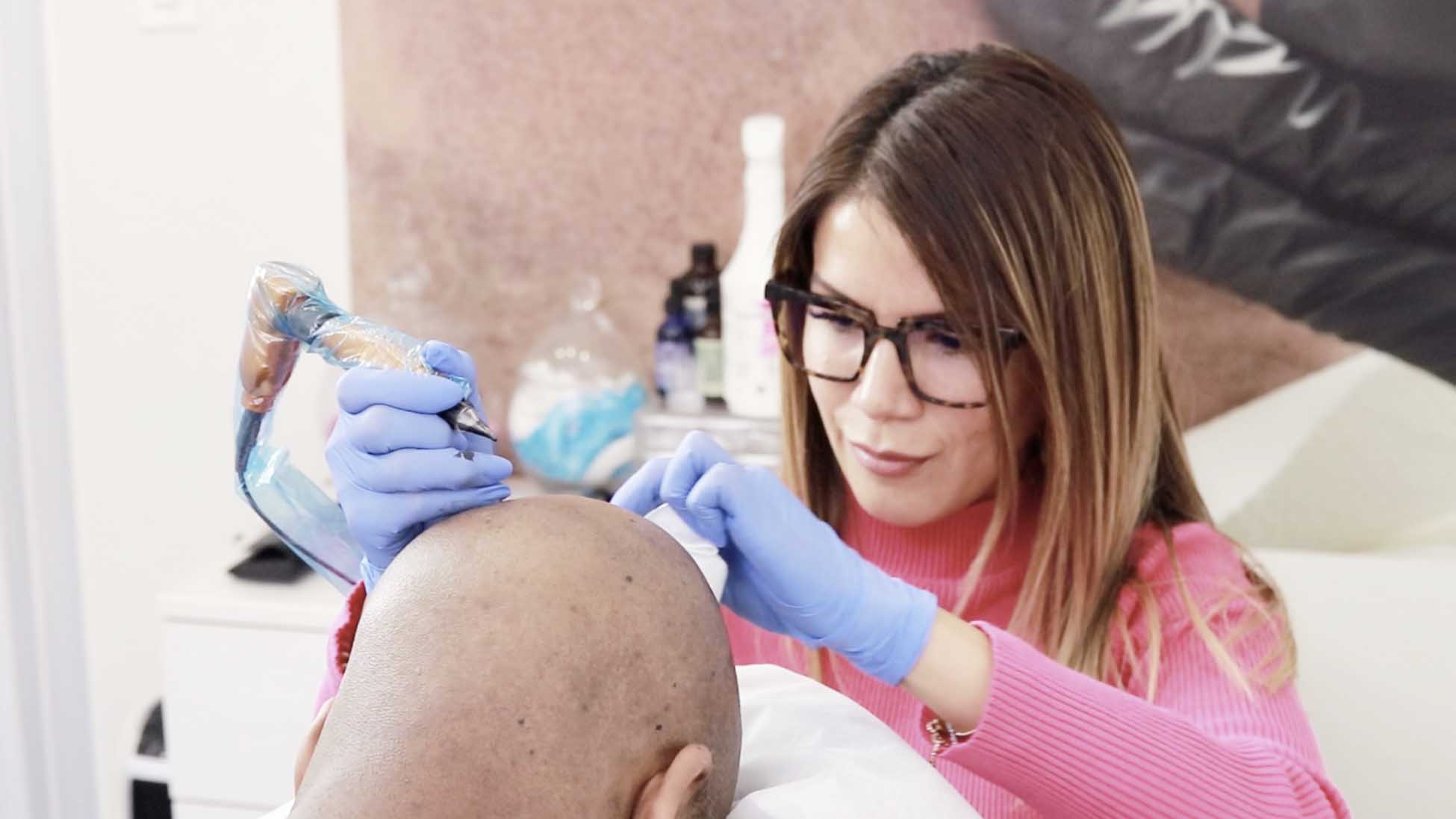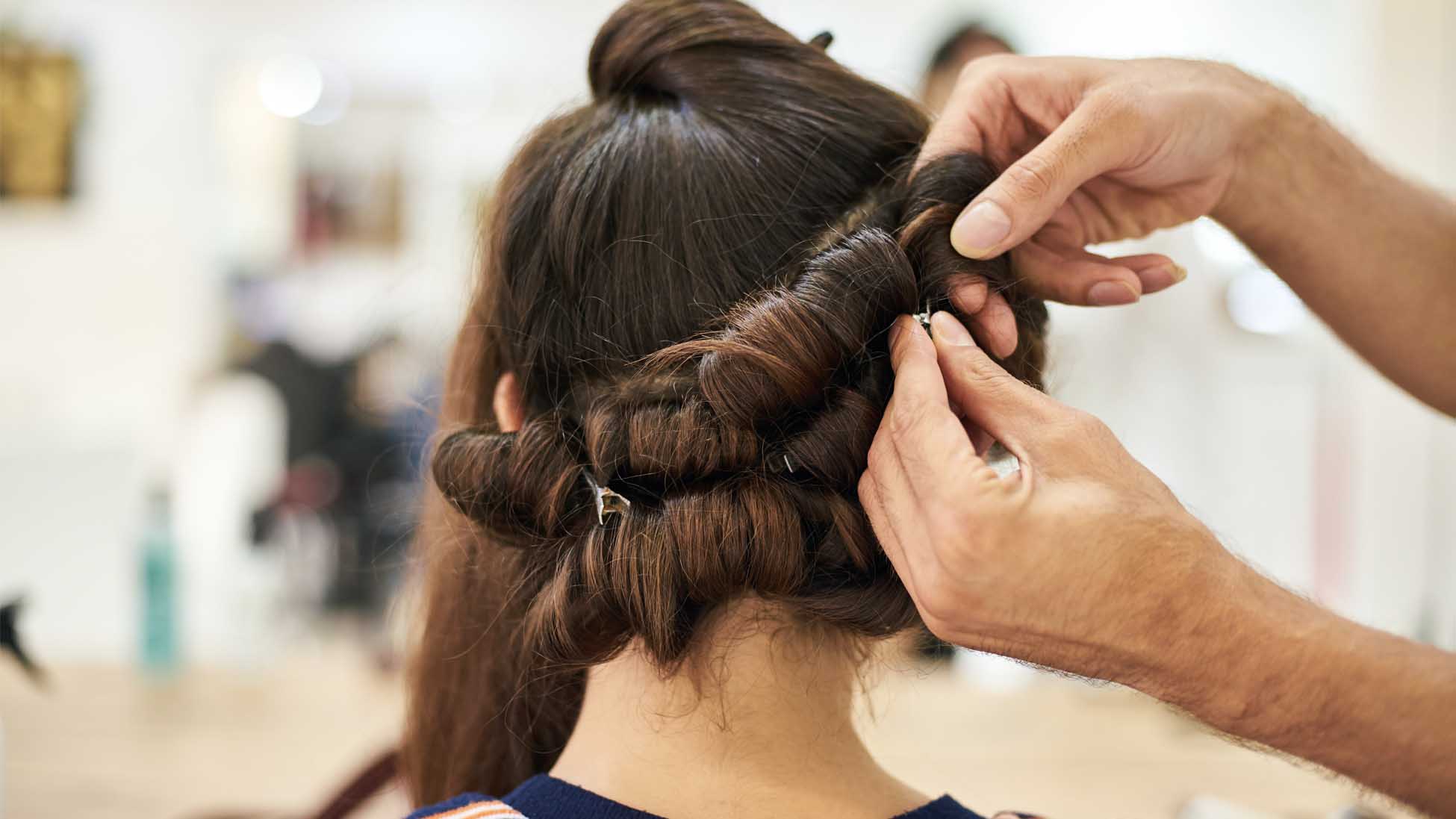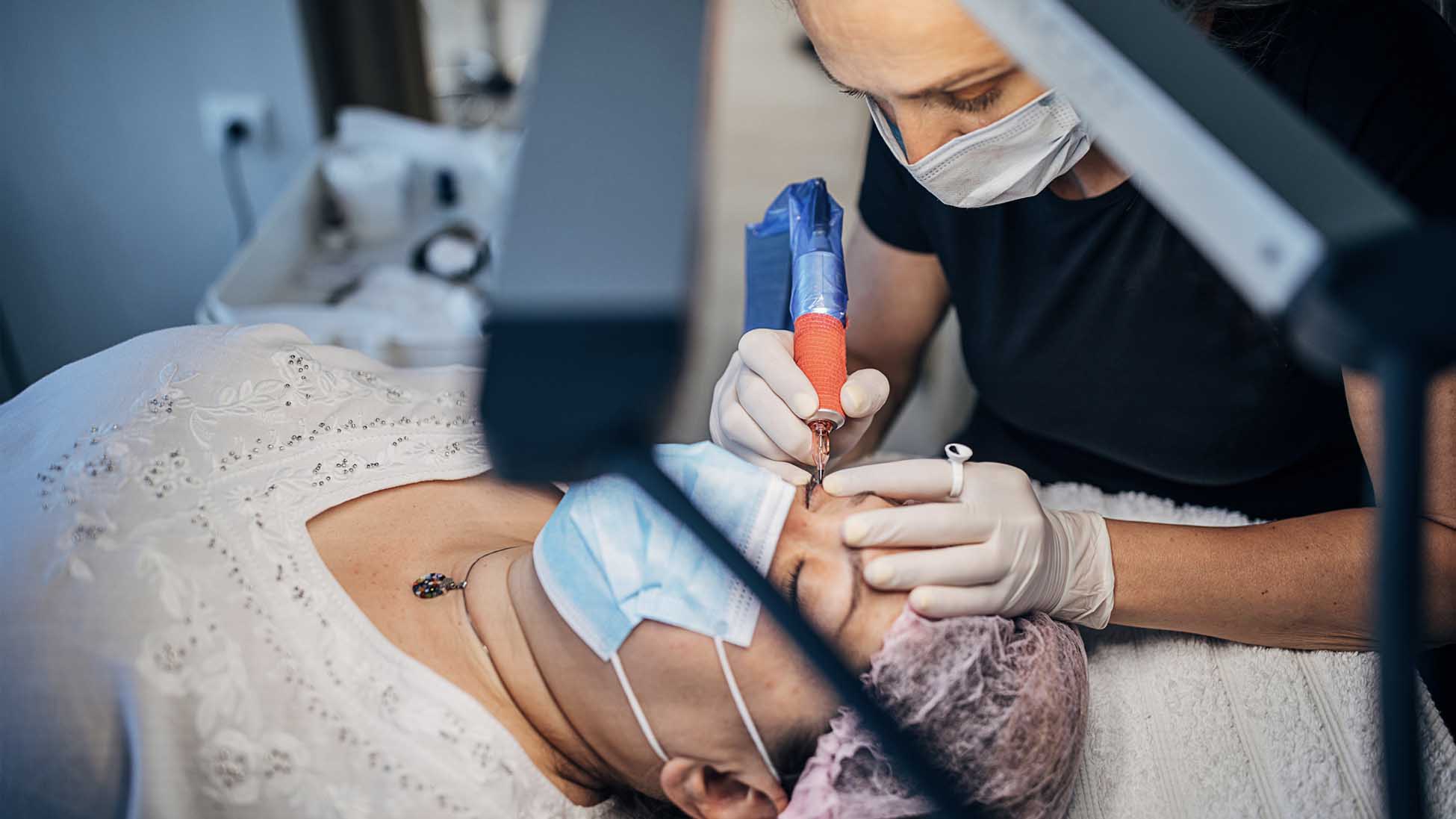
Permanent and semi-permanent makeup has been around since the early 1980s. It was first used as a way for those with alopecia, a condition that causes hair loss. Permanent makeup, also known as micropigmentation was then used to mimic the look of eyebrows where there was no hair. Since then, the industry has evolved to include lash line enhancement, eyeliner, lip pigmentation, and more.
Shirley Marin is a Technician, Micropigmentation Specialist, and Owner of Unyozi Beauty. She has years of experience and intensive training from all around the world. Her background revolved around hairstyling and it wasn’t until she moved to Canada when her journey in micropigmentation started. She was first introduced to microblading at a beauty conference with eyebrows being her starting point.

Micropigmentation Specialist, Shirley Marin
With the passion for the craft, Shirley decided to specialize in permanent makeup and medical micropigmentation. Permanent makeup includes the usual treatments for eyebrows, lips, and eyeliner you see today. Micropigmentation includes scar camouflage, vitiligo repigmentation, scalp micropigmentation, and areola micropigmentation.
Shirley’s motivation behind her specialization in areola micropigmentation and scalp micropigmentation stems from the positive impact it has on people’s lives. “The idea that I’m providing a solution to someone’s problem and helping them feel better motivates me to do what I do,” she says. “I love every single procedure and I pour my passion into each unique client I work with. I find that having a background in hair styling has helped a lot in my micropigmentation career.”
Positive Impacts of Medical Micropigmentation
Mild shedding of hair is a natural part of the hair growth cycle, shedding about 50-100 hairs a day. However, sometimes we end up losing more hair than replaced. Androgenetic alopecia is a common form of hair loss in both men and women. It’s usually caused by hereditary genes, hormones, and environmental factors. It affects more than 50 percent of men and can start as early as in one’s teen years.
There is also alopecia areata, which is a common autoimmune disorder, often resulting in unpredictable hair loss. Approximately 147 million people worldwide will or have developed alopecia areata at some point in their lives. This condition affects anyone regardless of age and gender, though most cases occur before the age of 30. When individuals experience hair loss, it affects how they see and feel about themselves.
While there are many types of hair loss treatments available, they are extremely costly. This is why scalp micropigmentation has become a popular option for those looking to regain their self-confidence. Scalp micropigmentation is an innovative, non-surgical solution to camouflage hair loss. Both men and women choose this treatment to add greater visual density by darkening the scalp to create the illusion of a thicker and fuller head of hair.

Image credit: @unyozibeauty
“I personally find the benefits of micropigmentation incredible in how it can boost someone’s confidence. The idea of waking up first thing in the morning and your makeup is already on and perfect. It’s a huge time saver,” says Shirley. “Especially with scalp micropigmentation to camouflage hair loss and giving men a new hairline. It can make them look much younger, taking 10 to 20 years off. It’s about putting a big smile on someone’s face.”
Combating the Pressures of Social Media
Instagram is a photo-based platform giving individuals the ability to express themselves online. On the other hand, it has been linked with anxiety, depression, and a fear of missing out. Social media posts can also set unrealistic expectations and create feelings of low self-esteem. Shirley explains that while Instagram is a great platform to educate the audience about her micropigmentation services, there is a pressure to be “Insta-perfect”.
On Instagram, we usually only see part of the picture–the curated, perfect side for other users to view. “There are so many filters and self-editing apps. Individuals compare their own appearances to those on Instagram, leading to poor self-esteem,” says Shirley. She explains that sometimes clients come in with the desire for a specific look they’ve seen online.
“Sometimes clients come in wanting a certain look from an Instagram post. However, it may not always suit their facial features and I have to explain why,” Shirley says. “I really want to help clients achieve their beauty goals. I always aim to work towards enhancing their beauty, rather than to make them look like somebody else. Achieving the most natural results is so important so their micropigmentation looks natural.”

Image credit: @unyozibeauty
Shirley tries to encourage her micropigmentation clients to present photos for inspiration, rather than to completely replicate a look. “I make sure that they are not comparing themselves to others or trying to achieve a specific appearance that won’t suit them,” she says. “Instead, the photo should be used only as a reference to give a direction of what may work with what they already have. This not only makes them feel better but also allows them to choose something based on their unique features.”
For anyone looking to enroll their career as a permanent makeup artist, Shirley’s advice is that you need to know this is cosmetic tattooing–a procedure that can permanently change someone’s appearance. “It’s pretty important to know if this is what you really want to do. Applying permanent cosmetic pigment, that your clients can never wash off, is a tremendous responsibility. You need to become a master in micropigmentation and stay updated with the latest techniques before you take your first paying customer,” she says.
“Something I personally find really important is to know that offering this procedure will vary depending on where you live, your educational background, and what path you want to follow. This means knowing what you want to specialize in. You can start with the most popular treatment starting from eyebrows, then continue with the rest of the treatments to find out which micropigmentation procedure you’d want to specialize in,” Shirley says. “Like everyone in the beauty industry, you’ll have to develop exceptional skills in hygiene, safety, sanitization, and cleanliness if you want to go far. Your success and reputation will be based on client perception, your level of professionalism, and the degree of confidence you instill.”
Shirley will continue making a positive impact on people’s lives for years to come. To learn more about her business, you can check out her website and Instagram.
If you are a beauty professional and would like to be featured in future blog posts, let’s connect!
Level up your beauty business
Have articles and high-quality resources sent directly to you
Try Jupiter now
Get started with a free 14-day trial




